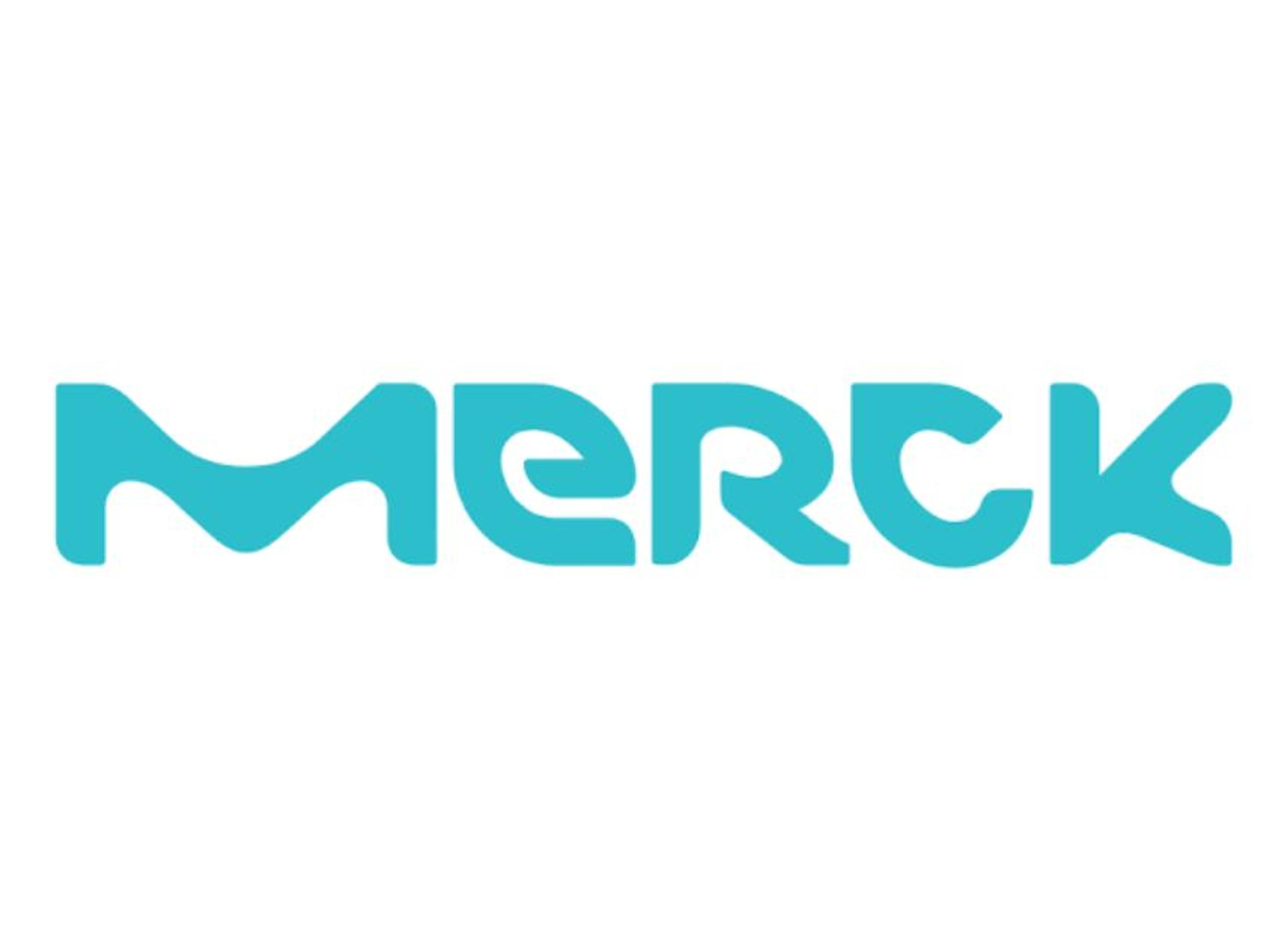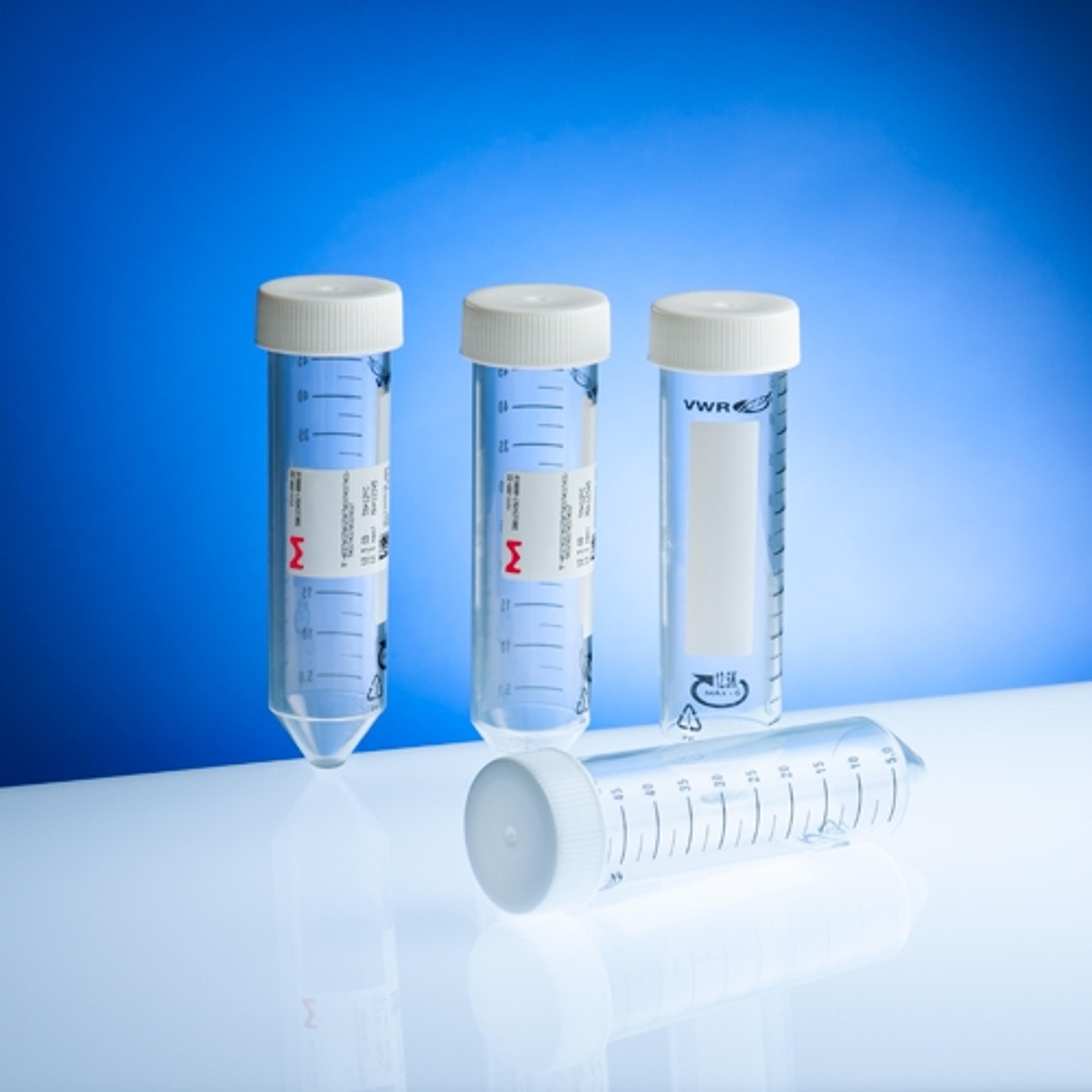Changing the landscape: Disruptive technologies for in vitro diagnostics
The right CMO can provide support to bring disruptive technologies’ potential to fruition
13 Jul 2022

For decades, PCR has been the gold-standard genetic test for in vitro diagnostics. However, it has its limitations, and disruptive techniques such as CRISPR and NGS have the potential to change the way that diagnostics are performed – and with it the questions that can be asked and answered.
In this article, we speak with Dr. Chris Kavanagh, Scientific Sales Specialist, Molecular Diagnostics at Merck and Kerry Trice, Molecular Diagnostics Application Specialist, MilliporeSigma about the changes these new technologies could bring to in vitro diagnostics, and how the right partner can help to bring novel assays to market.
The future is bright
“CRISPR and NGS are really making headway in establishing themselves as key technologies in the diagnostics landscape,” explains Kavanagh. “For years, PCR has been the gold standard for nucleic acid analysis of disease and disease states. But now, what we've seen is that there are a lot more opportunities given to researchers, given to clinicians, given to patients because of these new emerging technologies.”
The two techniques are likely to transform the in vitro diagnostics landscape in different ways. “CRISPR is probably better suited for infectious diseases or something where you know your very specific target. When you're talking more on the cancer realm, you know there is a very specific SNP or a very specific deletion or mutation, CRISPR is very valuable in detecting those and very specific,” explains Trice. “To me, as soon as I hear NGS, I think of personalized medicine… NGS would maybe be my top pick for the biggest impact it will have on the market, because of just simply the size and number of samples that NGS allows you to look at, at one time.”
In terms of the impact of these technologies on the industry, I think they are making diagnostics more efficient.
Dr. Chris Kavanagh Merck
Kavanagh thinks that these technologies could make a real difference, “In terms of the impact of these technologies on the industry, I think they are making diagnostics more effective and more efficient. They are allowing the patient to be more accurately and deeply analyzed in terms of their medical needs. So, what we're allowing and enabling the industry to do with these technologies is to help enhance personal well-being, and maybe to lessen the financial burden on the healthcare system because we are contributing to personalized medicine.”
Choosing the right partner to scale
The benefits of utilizing these technologies to change the questions that in vitro diagnostics can ask and answer could be enormous. For this to be realized, companies need to be able to successfully develop new assays and bring them to market, which can be especially challenging when using new technologies.
Because of the disruptive nature of these technologies and their relative novelty, smaller, agile companies are well-placed to seize the opportunities to develop and commercialize assays in these areas. As Kavanagh attests, “we're seeing a higher emergence and variety of disruptive technologies in smaller companies.” Trice agrees, “once they're more well established and the path to market is more well established, we'll see some of those larger key players start launching those assays.”
When it comes to scaling up processes, finding the right suppliers, and bringing assays to market, new technologies and methodologies come with their own challenges. Especially for smaller companies who might lack in-house experience in certain areas, this is where a knowledgeable partner with the right experience can be key.
One way to achieve this is by working with a Contract Marketing Organization (CMO). They can bring additional expertise and support – but it is important to work with the right partner. Trice explains the things that companies should consider when selecting a CMO to work with, “I think the biggest thing to consider is: what has the CMO partner done in the past? Have they successfully brought a new assay to market and were they able to help navigate the FDA throughout that process? Experience really matters. You need people that are used to the paperwork that's associated with FDA submissions – we have a team that has decades of experience with doing that. … I also think it’s important to understand what they've had success with in the past. Do they have experience with that specific technology, and what does their distribution look like?”
I think the biggest thing to consider is: what has the CMO partner done in the past?
Kerry Trice
MilliporeSigma
Agility is a great strength of smaller companies, and a partner should be able to match that as well. As Trice attests, “with disruptive technologies, when you're going through the assay development process, you have to be able to change quickly. It’s important that you work with someone who is flexible and that has the infrastructure that would allow those quick changes.”
Kavanagh expands, “Of late, I think the more successful CMO companies have been those who actually had continuity plans when it came to supply chain pressures, as was apparent during the COVID-19 crisis.” Trice agrees, “I think our global supply chain is very attractive to a lot of companies, both on the reagent side, so we make sure that we have primary, secondary, and maybe even tertiary suppliers of their reagents, and also the ability to distribute those and have a wide network of distribution.”
Merck can support their partner companies across the development and commercialization process. As Kavanagh explains, “In terms of what Merck offers to commercialize and to develop these novel diagnostics, we have a growing portfolio in these areas. Let's say for NGS, we have our Custom NGS Oligos. We have a series of whole genome and whole transcriptome amplification kits allowing the end-user to work with maybe limiting, or archival, or even maybe damaged biopsy, or maybe human tissue, or tissue diagnostics. We are just trying to listen and understand our customers' needs at the R&D stage through to scale-up, through to manufacturing, and even distribution.”




